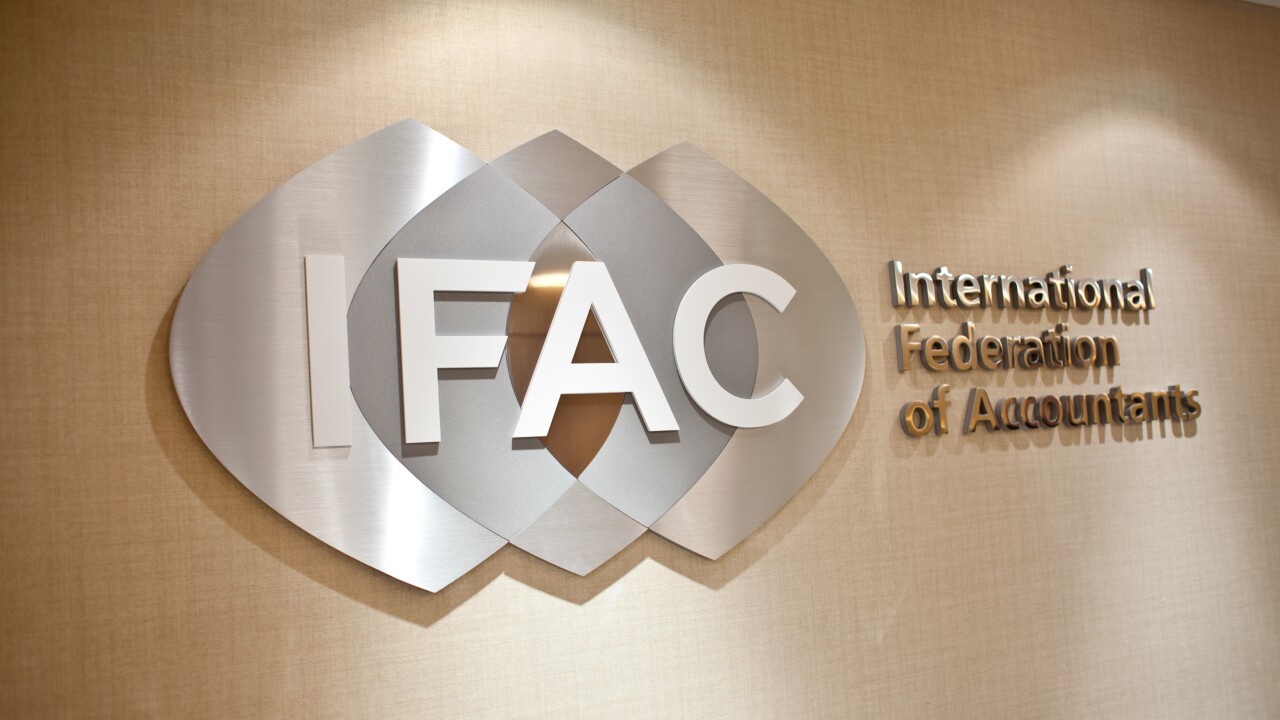The Dewey & LeBoeuf bankruptcy is shaping up to be the largest law firm bankruptcy in U.S. history and could provide a cautionary tale for accounting firm mergers.
The firm came together in a mammoth 2007 merger between Dewey Ballantine and LeBoeuf, Lamb, Greene & McRae. At the time, approximately 100 of the senior partners were promised outsized pay packages totaling over $100 million to entice them to agree to the merger, with some partners expecting up to $6 million a year, according to
The 2007 merger turned out to be an inopportune time. In the wake of the 2008 financial crisis, many large clients began cutting their expenses, including pricey legal retainer fees. Mass defections of partners from the firm began early this year, with 50 leaving last month and 120 this month. With concerns about pensions mounting among retirees, the Pension Benefit Guaranty Corp. sued the firm to take over its pension plan, which is reportedly underfunded by $80 million.
Up until now, the accounting industry’s largest collapse has been Arthur Andersen, which reduced the Big Five to the Big Four a decade ago. In that case, Andersen’s collapse was precipitated by a loss of confidence in the firm’s ability to audit clients in the wake of the Enron and WorldCom accounting scandals. Andersen’s collapse forced major changes on the accounting profession, notably the Sarbanes-Oxley Act of 2002 and the establishment of the Public Company Accounting Oversight Board.
It’s not clear that such a trend is on the horizon for the legal profession in the wake of Dewey’s collapse, which appears to be due to overly optimistic financial forecasts and a desire to convince enough partners to agree to the merger by richly rewarding them for their acquiescence.
No doubt financial incentives are the main reason behind mergers in both the accounting and legal professions, along with a desire to provide for the future of the firm as the founding partners age. But it’s just as important to make sure that the financial promises in a merger agreement don’t end up bankrupting the firm while leaving clients scrambling for another firm to pick up the pieces.





